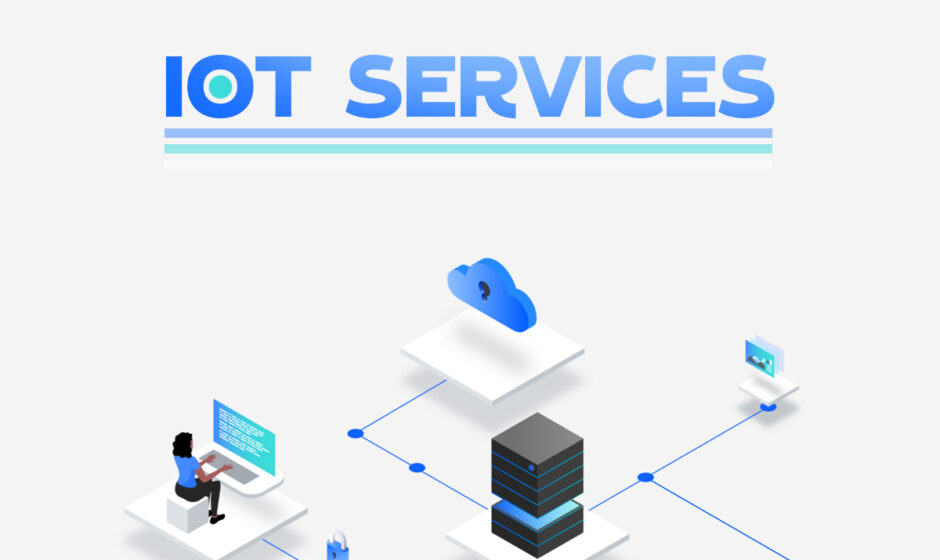The Internet of Things (IoT) has changed the way we live, work, and communicate. Every day, more devices become part of the digital world. From smart thermostats to connected cars, the role of IoT is growing fast. But as these devices multiply, a big challenge has come into focus: how can different IoT systems work together smoothly? This is where Inter IoT comes in. Inter IoT is the idea of linking different IoT platforms so they can share data and interact with one another, no matter who made them or what system they use.
The goal of Inter IoT is to break down walls between separate networks of connected devices. Today, many smart devices work well on their own but cannot talk to others outside their group. For example, your smart home devices may not connect with your car or your wearable tech. Inter IoT makes it possible for all these devices to form one big, smart system, no matter where they come from or how they were built.
What Is Inter IoT?
Inter IoT is short for interoperability in the Internet of Things. It refers to the ability of different IoT networks to talk to each other. Each IoT system collects data using IoT sensors and sends this data to other devices or platforms. When these systems are not compatible, the data stays trapped in its own world. Inter IoT solves this by using shared protocols and standards, allowing devices to speak a common language.
This idea is more than just useful—it’s necessary. Think of it like having a group of people from different countries trying to work together. If none of them speaks the same language, it’s hard to get anything done. But if they all learn a common language, then collaboration becomes possible. Inter IoT gives devices that common language.
Why Inter IoT Matters
The benefits of Inter IoT are wide-reaching. In smart cities, for instance, traffic lights, buses, and emergency vehicles could all work together to improve safety and cut down on traffic jams. Without Inter IoT, each system would work alone, limiting how useful it can be. But when everything connects, the city becomes more efficient.
In healthcare, Inter IoT allows medical devices to share information in real-time. If a patient wears a smart device that tracks their heart rate, this data can be sent to a hospital’s system. Doctors can then act fast if there is a problem. This kind of smooth communication only works when different IoT networks can talk to one another.
Businesses also benefit. A company might use many types of IoT sensors to track machines, monitor supply chains, or manage energy use. Inter IoT helps connect all these pieces, making it easier to understand what’s happening and make better choices. This leads to less waste, lower costs, and more profit.
How Inter IoT Works
To make Inter IoT possible, devices need to follow certain standards. These rules help devices understand each other, even if they were made by different companies. Middleware is one way to help with this. It acts like a translator between systems, taking data from one and making it readable by another.
Gateways are also used in many Inter IoT setups. These are special devices that link different networks together. They gather data from IoT sensors and pass it on in a form that other systems can use. Cloud platforms often help store and share this data, offering a central place where it can be processed.
Security is also a key part of Inter IoT. When data flows between many systems, it needs to be protected. Strong encryption and secure access controls help make sure that only the right people and devices can use the data.
The Role of IoT Sensors in Inter IoT
IoT sensors play a key role in all IoT systems. They collect the data that drives smart actions. Whether it’s a sensor in a car that tracks speed or a sensor in a field that checks soil moisture, they are the eyes and ears of the system. Without them, there would be no data to share.
In an Inter IoT world, the sensors must send their data in a way that others can understand. This means using common formats and protocols. The better the sensors can talk to other systems, the more useful they become. This is especially true in industries like farming, where sensors in different fields, machines, and storage areas must all work together.
Challenges of Inter IoT
While Inter IoT brings many benefits, it also comes with challenges. One big issue is the lack of common standards. With so many companies making their own devices, getting them to agree on shared rules isn’t easy. Without these shared standards, devices may never fully connect.
Another challenge is security. More connections mean more chances for hackers to get in. Systems must be built with safety in mind from the start. This means using secure software, keeping devices updated, and training people on how to use the systems safely.
Privacy is also a concern. When more data is shared between systems, there’s a risk that personal or sensitive information could be misused. Clear rules and strong protections are needed to keep user data safe.
The Future of Inter IoT
The future of Inter IoT looks bright. As more devices come online, the need for smooth communication will only grow. New standards are being developed to help with this, and more companies are working together to make their devices compatible. Governments and industries are also stepping in to push for more open and connected systems.
In the future, we may see smart cities that adjust traffic and lighting in real-time based on weather, crowds, and emergencies. We might see factories that fix problems before they happen, thanks to connected sensors. And we’ll likely see homes, cars, and health devices that work together to make our lives safer and easier.
Inter IoT will be the glue that holds all of this together. It’s not just about connecting things—it’s about creating smarter systems that can improve every part of our lives.
Conclusion
Inter IoT is shaping the next step in the evolution of smart technology. By enabling different IoT networks to talk to each other, and by making full use of IoT sensors, it allows for greater efficiency, safety, and innovation. Though challenges exist, the benefits are too great to ignore. As standards improve and systems become more secure, Inter IoT will unlock new levels of progress across cities, businesses, and homes. The connected world of tomorrow depends on the choices we make today—and Inter IoT is one of the most important choices we can make.
More info: Artema Tech


